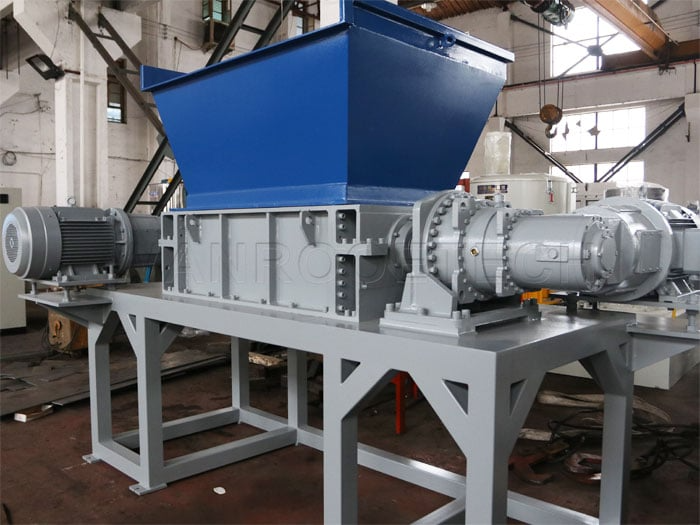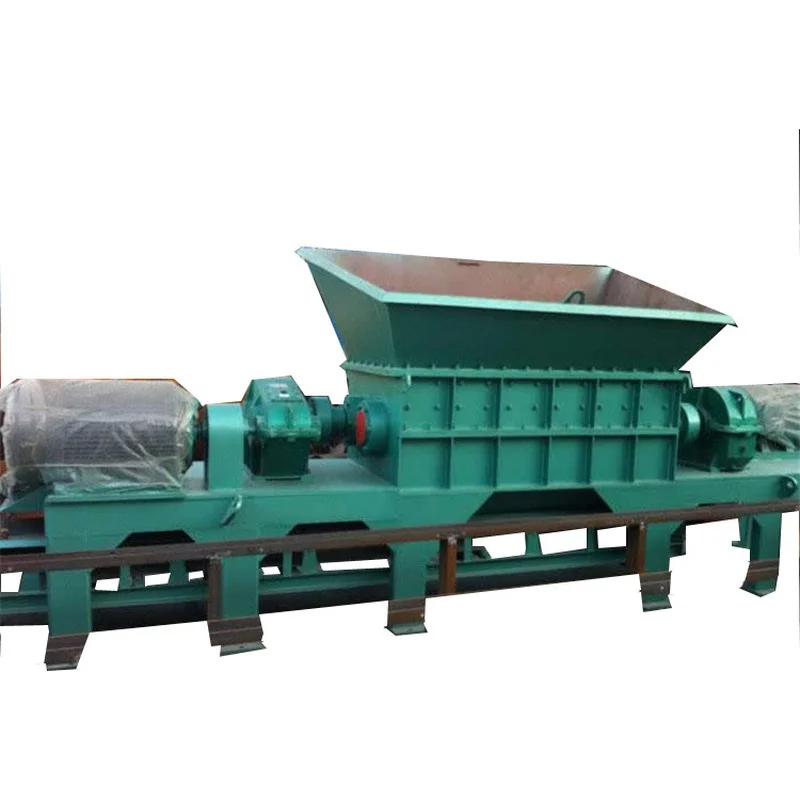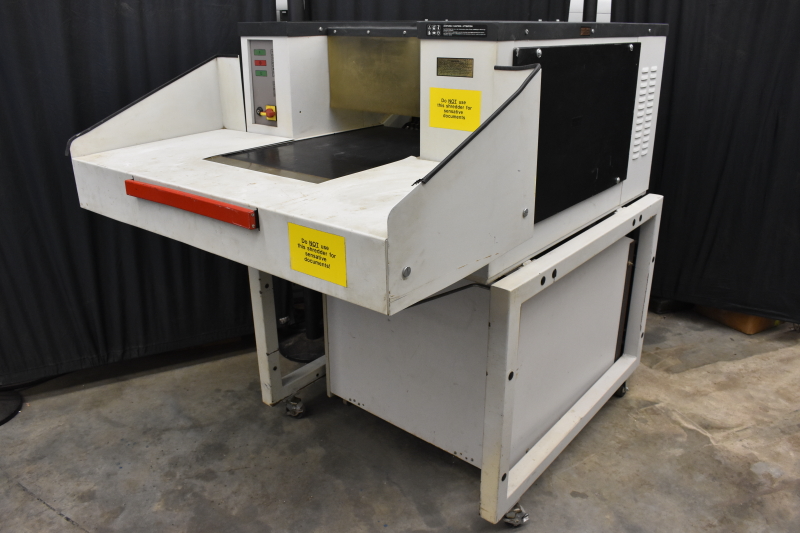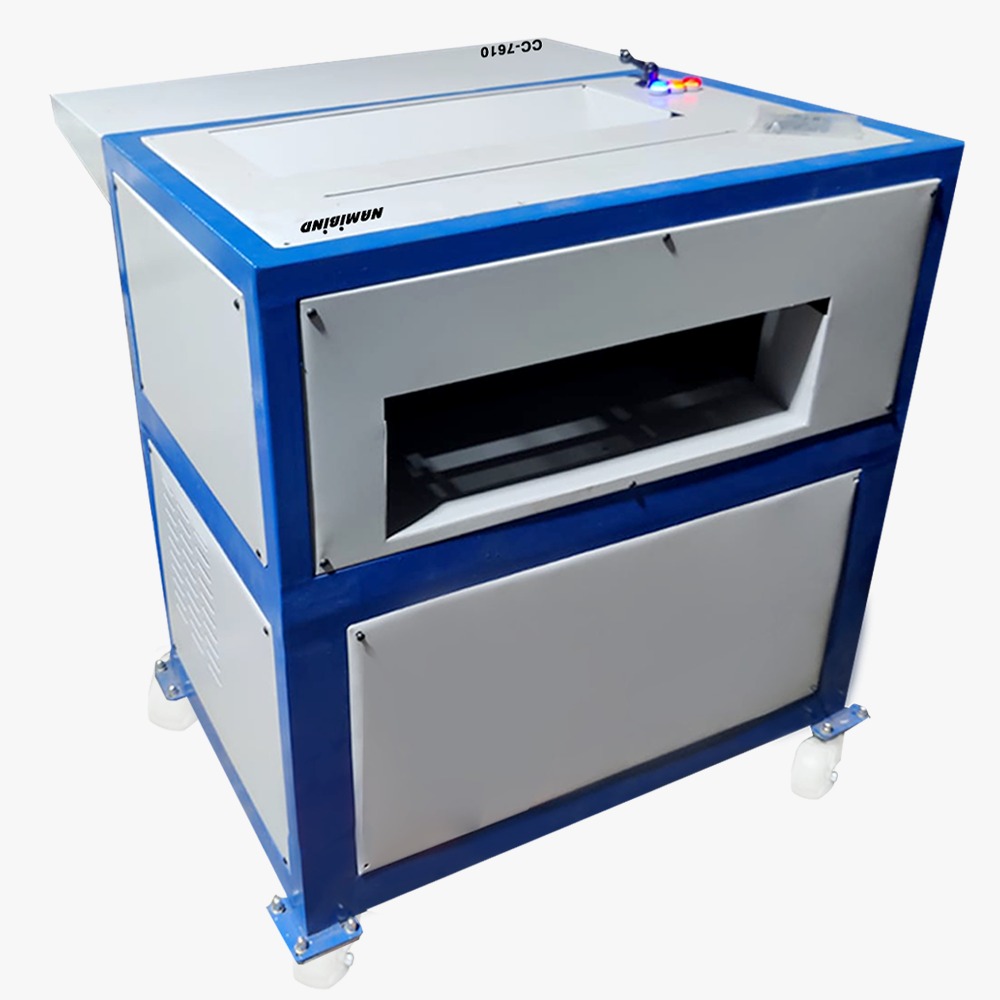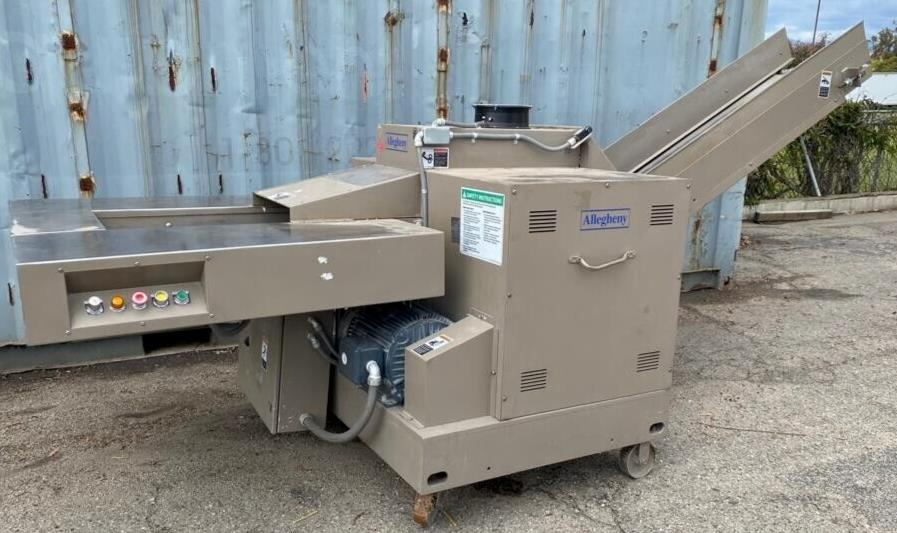Introduction
Industrial paper shredders have become an indispensable tool in modern business operations, offering a secure and efficient means of disposing of sensitive documents. Their evolution from simple strip-cut machines to advanced cross-cut and micro-cut models has revolutionized document destruction, providing businesses with enhanced security and compliance with data protection regulations.
The History of Industrial Paper Shredders
The concept of shredding documents dates back to the 19th century, when various methods were employed to destroy sensitive materials. However, it wasn’t until the 20th century that the first commercial paper shredder was developed. Early designs were basic and primarily intended for personal or small-scale office use. Over time, advancements in technology and manufacturing processes led to the creation of industrial-grade paper shredders capable of handling large volumes of documents with ease.
Types of Industrial Paper Shredders
Strip-Cut Shredders
Among the earliest types of industrial paper shredders, strip-cut shredders utilize rotating blades to cut paper into long strips. While effective in reducing the size of documents, they offer limited security as the strips can potentially be reassembled. Despite this drawback, strip-cut shredders remain in use for non-sensitive materials due to their high throughput and low maintenance requirements.
Cross-Cut Shredders
Cross-cut shredders represent a significant advancement in document destruction technology. By employing two sets of blades that cut paper both horizontally and vertically, they produce smaller, confetti-like particles, greatly enhancing document security. This type of shredder is commonly used in industries where data protection and confidentiality are paramount, such as financial institutions, legal firms, and government agencies.
Micro-Cut Shredders
The pinnacle of document destruction technology, micro-cut shredders are capable of reducing paper into minuscule particles, often measuring just a few millimeters in size. This level of shredding provides the highest level of security, rendering it nearly impossible to reconstruct the original document. As a result, micro-cut shredders are favored for the disposal of highly sensitive information, including classified documents and proprietary business data.
Applications and Benefits
Industrial paper shredders find extensive use across a wide range of industries, offering numerous benefits to organizations of all sizes. Their primary applications include:
Information Security:
By effectively destroying confidential documents, industrial paper shredders help safeguard sensitive information from unauthorized access, theft, and fraud.
Regulatory Compliance:
Many industries are subject to strict data protection laws and regulations. Industrial paper shredders enable businesses to comply with these requirements by securely disposing of documents containing personal or sensitive data.
Waste Management:
Shredded paper can be recycled, contributing to environmental sustainability and reducing the carbon footprint of businesses.
Efficiency and Productivity:
With the ability to handle large volumes of paper quickly and efficiently, industrial paper shredders streamline document disposal processes, saving time and labor costs.
Emerging Trends and Innovations
As technology continues to advance, industrial paper shredders are evolving to meet the changing needs of businesses and regulatory environments. Some notable trends and innovations in the industry include:
Automation and Integration:
Modern industrial paper shredders are increasingly equipped with automated features, such as self-feeding mechanisms and integrated waste disposal systems. This not only improves operational efficiency but also reduces the risk of human error.
Data Destruction Verification:
To provide added assurance of secure document disposal, some industrial shredders now incorporate technologies that verify the effectiveness of the shredding process, such as optical scanning and digital verification systems.
Enhanced Security Features:
Manufacturers are continually enhancing the security capabilities of it, including tamper-proof bins, electronic locks, and advanced jam prevention mechanisms to ensure uninterrupted operation.
IoT Connectivity:
The integration of Internet of Things (IoT) technology allows for remote monitoring and management of industrial paper shredders, enabling proactive maintenance and real-time performance tracking.
Environmental Impact and Sustainability
While industrial paper shredders play a crucial role in information security, it’s important to consider their environmental impact. The disposal of shredded paper presents both challenges and opportunities in terms of sustainability.
Recycling Initiatives:
Businesses are increasingly implementing recycling programs to repurpose shredded paper waste, reducing the volume of material sent to landfills and minimizing the environmental impact.
Energy-Efficient Design:
Manufacturers are focusing on developing energy-efficient shredding technologies, utilizing advanced motor systems and power-saving features to reduce overall energy consumption.
Sustainable Materials:
Some industrial paper shredders are going to design using eco-friendly materials and components, aligning with corporate sustainability initiatives and reducing their environmental footprint.
The Future of Industrial Paper Shredders
The future of industrial paper shredders is going to poise for further evolution and innovation as technology continues to advance. Several key trends and developments are likely to shape the future of these essential document destruction tools:
Integration of Advanced Technologies:
Industrial paper shredders are going to expect to integrate advanced technologies such as artificial intelligence (AI) and machine learning to enhance operational efficiency, automate maintenance processes, and optimize shredding performance based on specific document types.
Enhanced Security Features:
Future industrial paper shredders will likely incorporate even more robust security features to prevent unauthorized access to shredded materials and ensure tamper-proof disposal. This may include advanced encryption methods and real-time monitoring capabilities.
IoT Connectivity and Remote Management:
The integration of Internet of Things (IoT) technology will enable remote monitoring, predictive maintenance, and data analytics to improve overall performance and reliability. This connectivity will also facilitate seamless integration with digital document management systems.
Sustainable Design and Environmental Impact:
Manufacturers will continue to focus on sustainable design principles, using eco-friendly materials, energy-efficient components, and promoting recycling initiatives to minimize the environmental impact of shredded paper waste.
Customized Shredding Solutions:
Future industrial paper shredders may offer greater customization options to accommodate the specific needs of different industries and organizations, including specialized shredding processes for unique document formats and materials.
Data Verification and Compliance Assurance:
As data privacy regulations become increasingly stringent, future paper shredders may incorporate advanced verification and auditing features to ensure compliance with data protection laws and provide documented proof of secure document destruction.
Mobility and Accessibility:
With the growing trend of remote and mobile work, those may evolve to offer portable, compact, and cloud-connected solutions that cater to the needs of a more flexible and distributed workforce.
Overall, the future of those is likely to be going to characterize by a combination of advanced technology integration, enhanced security measures, sustainability initiatives, and greater adaptability to the evolving needs of businesses in an increasingly digital and regulatory-focused environment. These developments will ensure that those continue to play a critical role in safeguarding sensitive information and maintaining compliance with data protection standards.
Conclusion
Industrial paper shredders have come a long way since their inception, evolving into sophisticated machines that are essential for maintaining information security and regulatory compliance. From their humble beginnings as manual strip-cut devices to the advanced, automated systems of today, those have significantly impacted the way businesses manage and dispose of sensitive documents. As technology continues to advance, these essential tools will undoubtedly continue to adapt to meet the evolving needs of modern organizations while upholding the highest standards of security and sustainability.
